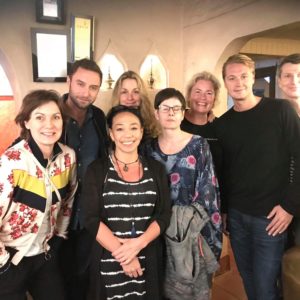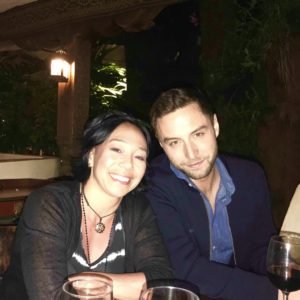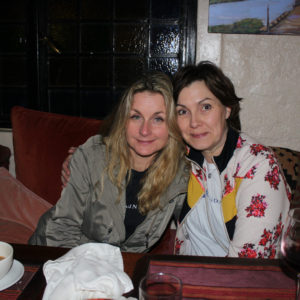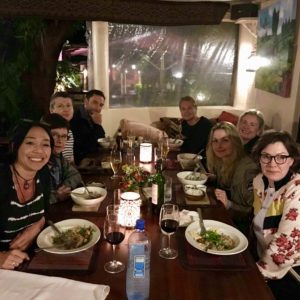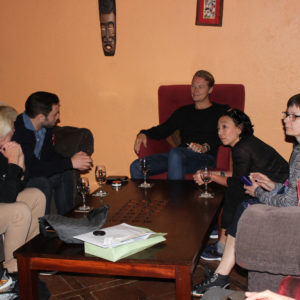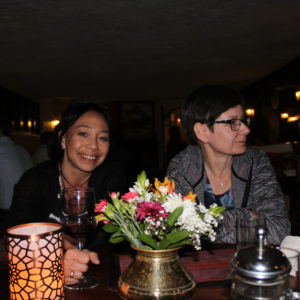Simon’s Diary – March 11, 2018
Simon’s Diary – March 11, 2018
I flew in overnight, landing in Kenya around 4pm. After clearing immigration, I met Sophie Lööf outside with our driver Edward from Glory Safari. We were soon underway, and Edward educated us about Kenya and shared some information about his own life.
Kenya has a population of between 40-50 million people. Edward told us 80%, of the population are Christian, with 10% being Muslim and 5% Hindu. Of the working population, 80% are employed in agriculture and 15% in tourism (although tourism contributes much more than 15% to the economy). Majority of the population belongs to one of the 42 tribes of Kenya. Edward is a member of probably the most well-known Kenyan tribe, the Maasai. Edward is seen as unusual since both him and his father wen to school. He now lives in the city, has a job, and wears westernized clothes. The Maasai are generally the most traditional of tribes and still wear their traditional dress and follow their customs. This means that young boys do not often go to school as they are expected to tend to their family’s livestock. The Maasai are pastoralists – that is they live by their livestock of cows, goats and sheep. Maasai are polygamous and often still practice FGM (Female Genital Mutilation or female circumcision). FGM is illegal, but as the Maasai live very rurally then this would not usually come to the attention of the authorities. Edwards view is that tradition is good but not when it causes harm to the individual. He spoke passionately that education is the answer and would stop the most harmful or outdated (his words) traditions.
After dropping off our bags, and a quick shower, we met the rest of our group and headed out for dinner. There are five of us with the Lööf Foundation: Sophie Lööf, myself, Ulrika, Lisa and Monica. With the ZB foundation are Kasper Skarrie, the foundation’s Secretary General, and the Founder and Chairman Måns Zelmerlöw.
On the way to the restaurant I asked Kasper how he came to be involved with the ZB Foundation and why Kenya? He told me how both himself and Mans visited Kenya as children. Kasper’s mother and Måns’s father worked in Kenya in the 90’s. Kasper often spent up to several months in Kenya when he was young. His mother worked as a teacher in a student exchange program, with Kenyan students visiting Sweden and Swedish students coming to Kenya. When Kasper was doing his own teacher training he came to Kenya for three weeks. He was stunned when he was here to meet a young woman of the same age who lived in the slums. She was married with five children and Kasper was amazed when she told him she was the happiest woman despite her conditions, her husband and four children having HIV – she was happy as she had been given 200 SEK which meant her youngest child was fed with formula milk and so was not HIV+. Kasper was so shocked that such a small amount of money could make such a difference that he resolved to help in some way.
Over dinner, Måns told us how his father was employed as a ship’s director and traveled a lot in
Africa. Måns was taken to Africa often as child by his parents, visiting some of the poorest countries in Africa. As a child, he used to take pencils to give out to children he met there and, no matter how many he took, he always ran out. He remembered how happy a child could be with just the gift of a single pencil. Years later when he had started his singing career, he found himself taking part in numerous charity activities but felt unhappy that he never got to see the results of the charity work or the affect the money had. He was approached by the Star For Life project, visited South Africa, and went on to sponsor a school. Later the foundation was setup in conjunction with, former Swedish tennis player, Jonas Björkman, and his cousin Kasper Skarrie.



 BACK TO PROJECT
BACK TO PROJECT

